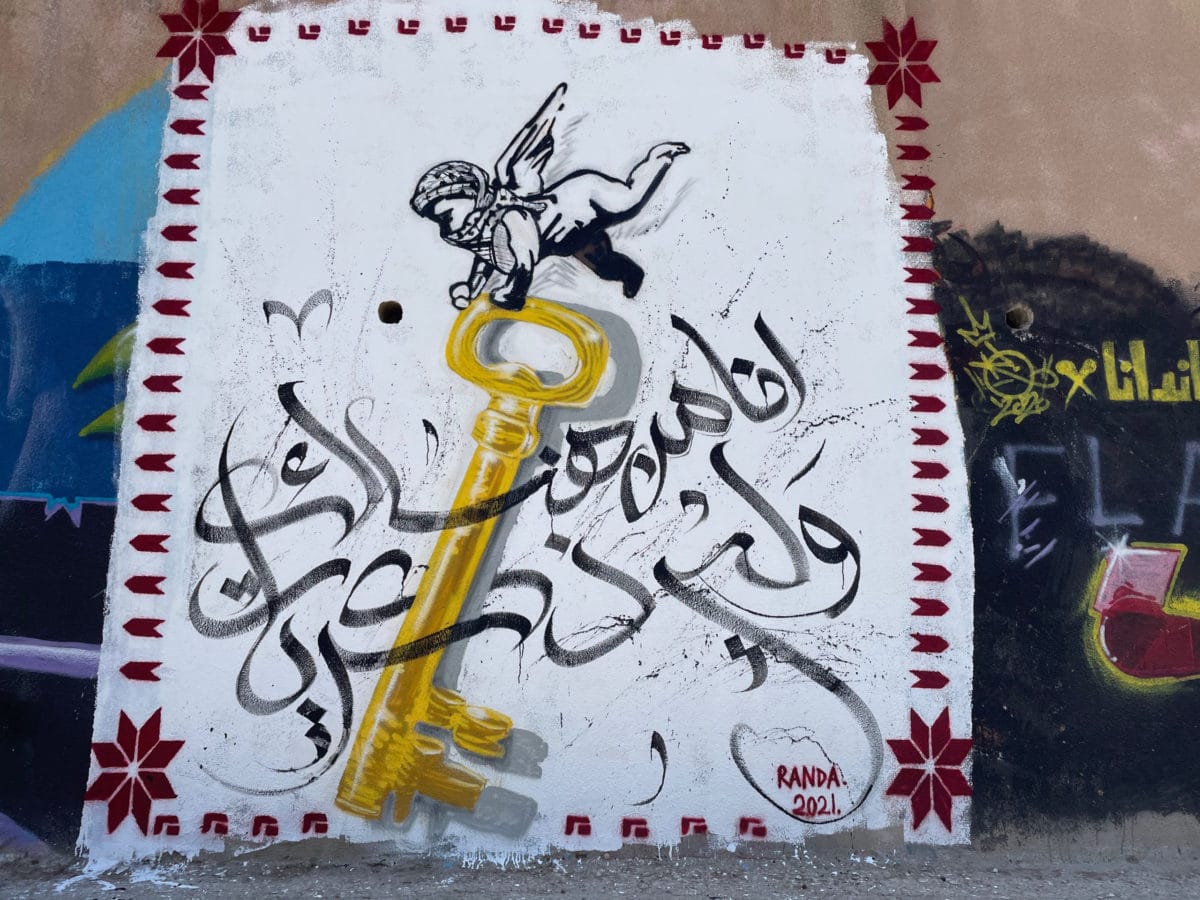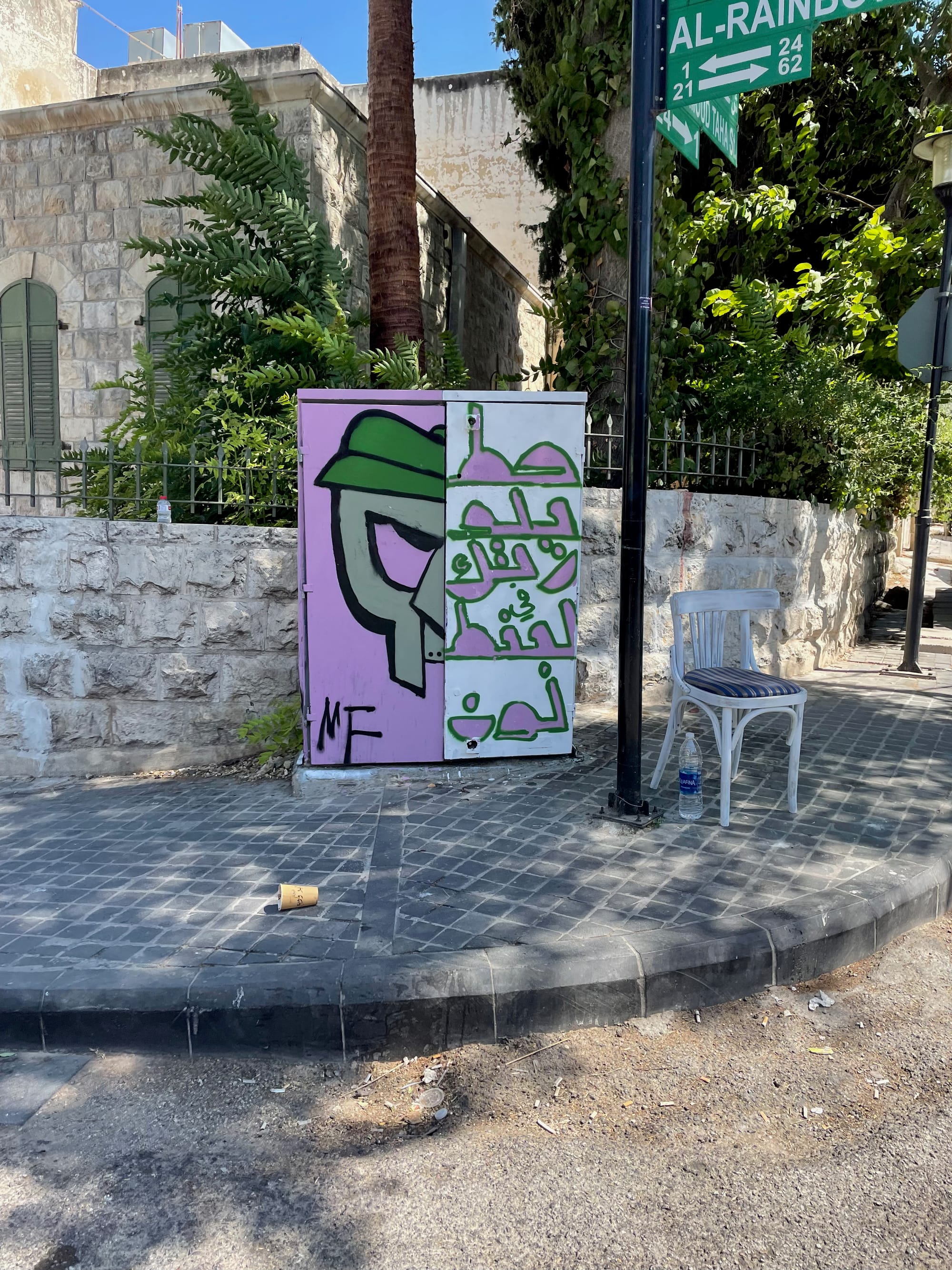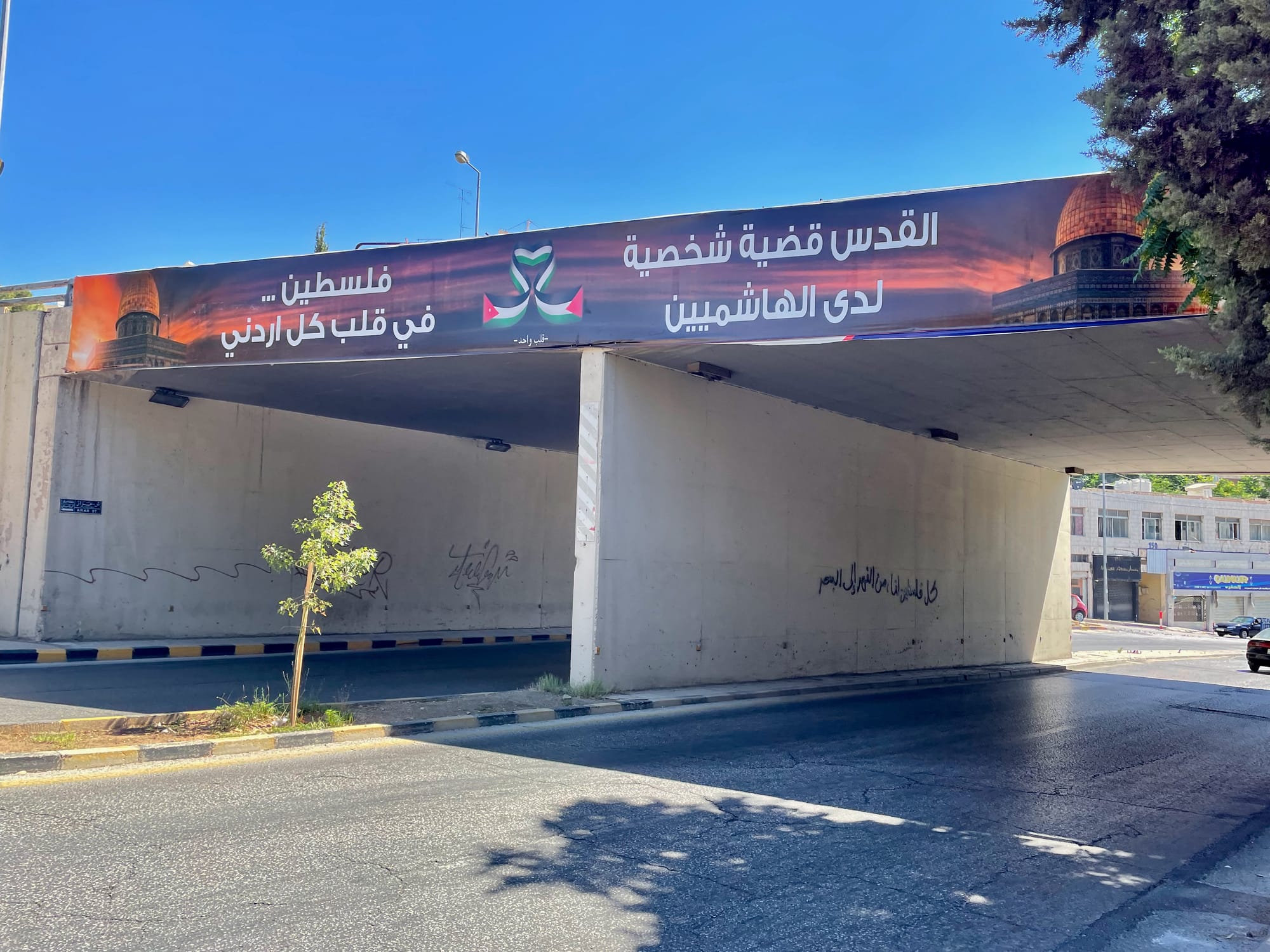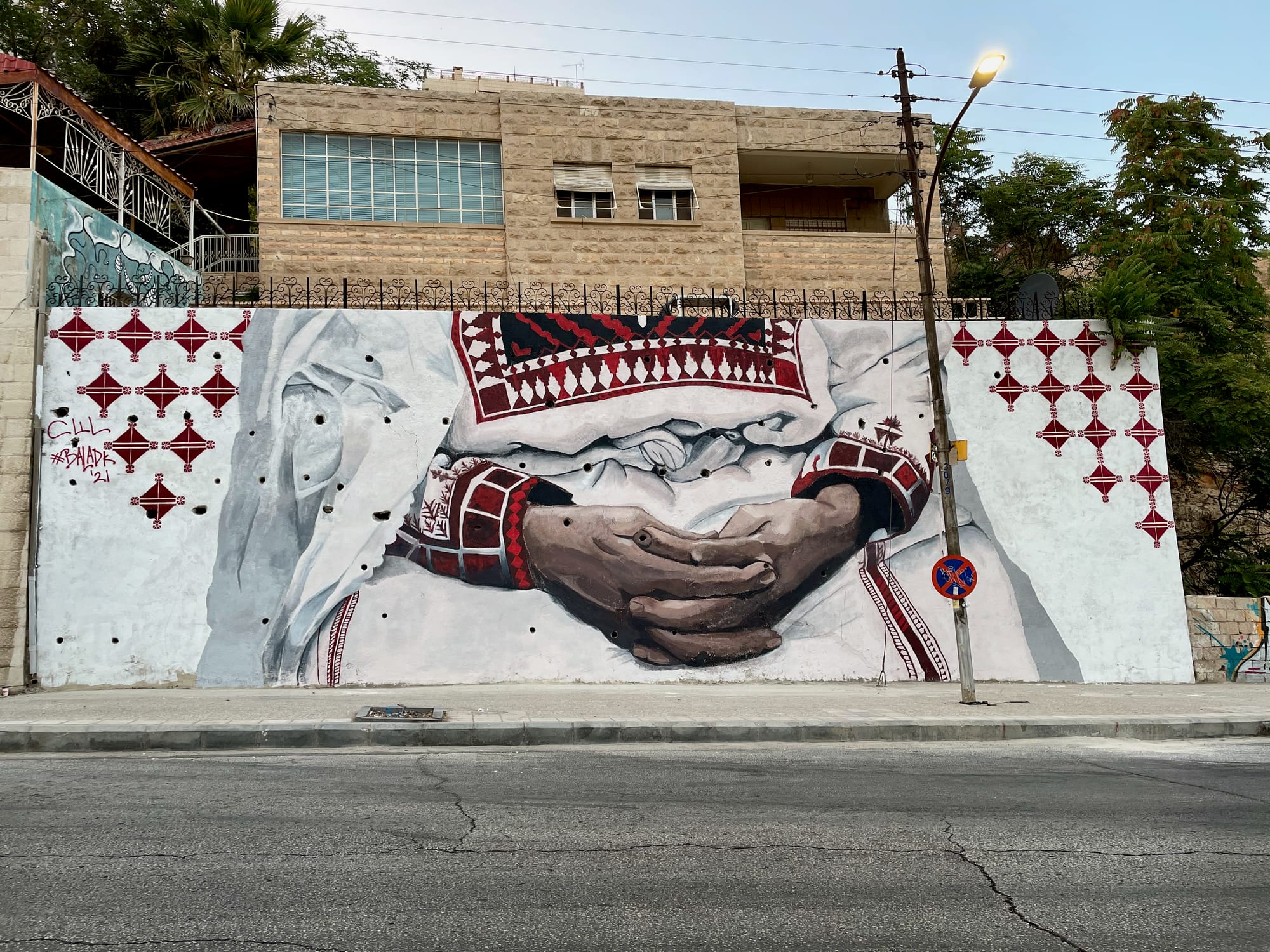The Challenges of Palestinian Solidarity in Amman’s Street Art Scene
In the summer of 2021, street artists in Amman risked crossing the Jordanian government's red lines when they painted murals and graffiti expressing solidarity with Palestinians in Jerusalem and the Gaza Strip. Kyle Craig spoke with the artists about this unexpected shift in their public art practic











